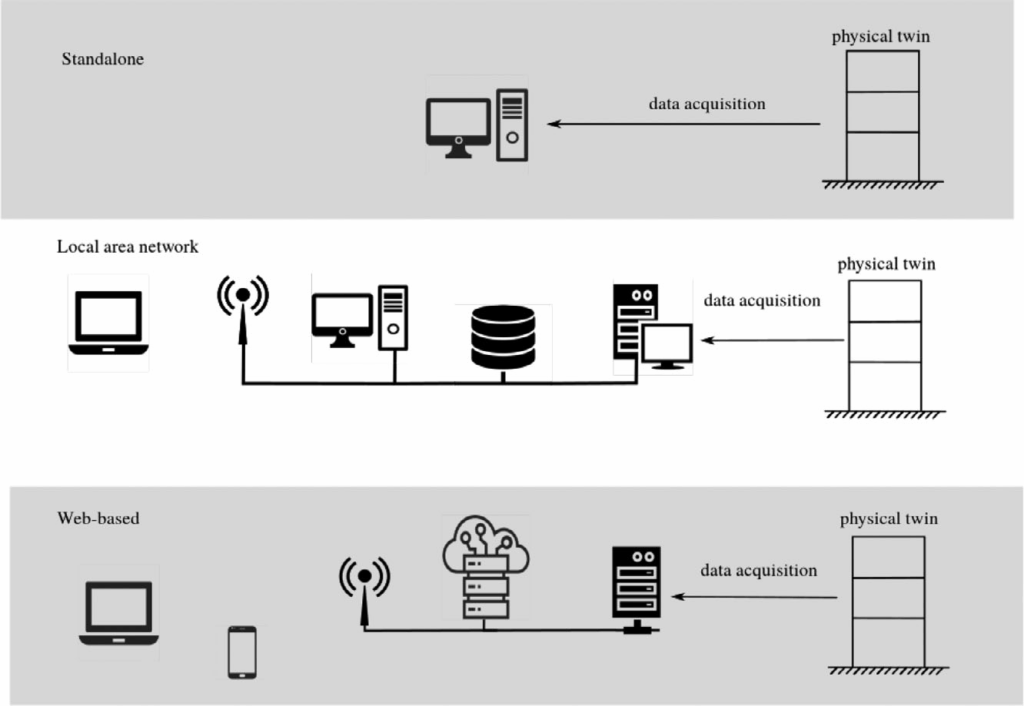C++: Ferrari of the computing world

This article focuses on the programming language C++ and explains why we call it the Ferrari of the computing world.
C++ is a high-performance, object-oriented programming language that has become one of the most widely used in the world. You will find its presence in almost every piece of equipment that has a microprocessor in it. Despite the arrival of numerous new programming languages in recent decades, C++ has maintained its popularity due to its wide-scale usage. It is used in gaming, embedded computing, and optimizing code for GPUs. Assembly language may offer raw access to the architecture of a processor, but C++ can generate optimized and high-performing code. This makes it ideal for scientific computing and even the most demanding back-end number-crunching routines.
C++ is not limited to a single processor and is equally brilliant for distributed computing, parallel processing, GPU processing, and much more. It is often referred to as being “closer to the processor than any other high-level language.” The availability of proven libraries and a plethora of resources make C++ the preferred choice for high-speed computing. Learning C++ takes time and dedication, but the rewards are manifold. Many experts call it the “Ferrari of the computing world”.
Hence, if you also want to master C++, the Ferrari of the computing world, please reach out to our tutors.
At wiredwhite.com, our team of expert C++ developers is highly skilled and dedicated to delivering outstanding results. Thanks to many years of experience, they have a deep understanding of the intricacies of C++. Whether you need assistance with a specific programming challenge or are looking for a reliable tutor for your next project, we’ve got you covered. Reach out to them, and they’ll be more than happy to help you achieve your objectives.













Responses